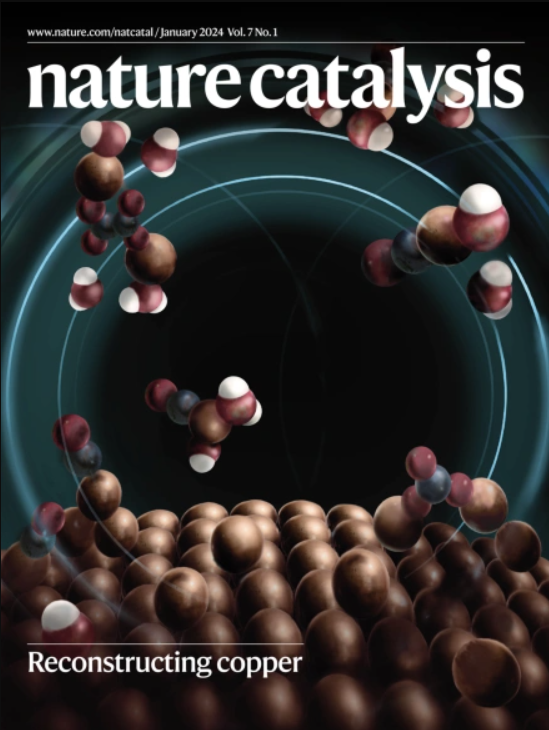不对称催化的计算方法
IF 42.8
1区 化学
Q1 CHEMISTRY, PHYSICAL
引用次数: 0
摘要
由于预测催化剂对映体选择性的算法和方法的进步,计算不对称催化在过去二十年中取得了令人瞩目的进展。这些方法/算法描述的反应可分为两类:一类是已知反应机理(或对映选择性步骤的过渡态)并通过模拟非对映体过渡态来确定催化剂立体选择性的反应;另一类是不需要了解反应机理并利用实验数据建立反应描述符和对映选择性之间的相关性的反应。虽然这些方法已经达到了预测对映体选择性的适当熟练程度,但这一领域在很大程度上仍未被实验化学家探索/充分利用。本文主要介绍了不对称合成的模型、方法和应用,并介绍了适合实验化学家使用的语言。我们的希望是,这些方法最终将被合成化学家用于设计新的催化剂。本文章由计算机程序翻译,如有差异,请以英文原文为准。


Computational methods for asymmetric catalysis
Impressive progress in computational asymmetric catalysis has been made in the past twenty years owing to advancements in algorithm and method development for predicting catalyst enantioselectivity. These methods/algorithms describe reactions that can be categorized into two groups: reactions where the mechanism (or transition state for the enantioselective step) is known and used to determine catalyst stereoselectivity by modelling the diastereomeric transition states and reactions where knowledge of the mechanism is not required and leveraging experimental data to establish correlations between reaction descriptors and enantioselectivity is imperative. Although these methods have reached a suitable level of proficiency for the prediction of enantioselectivity, this field remains largely unexplored/underused by experimental chemists. In this Review we aim to shed light on the models, methods and applications used in asymmetric synthesis, with accessible language suitable for experimental chemists. Our hope is that these methods will ultimately be adopted by synthetic chemists for the design of new catalysts. The capability and importance of computational methods in organic chemistry is steadily increasing. This Review provides an overview of computational methods for the design of asymmetric catalysts, with the aim of avoiding specialist computational language to make the field more accessible to experimental chemists.
求助全文
通过发布文献求助,成功后即可免费获取论文全文。
去求助
来源期刊

Nature Catalysis
Chemical Engineering-Bioengineering
CiteScore
52.10
自引率
1.10%
发文量
140
期刊介绍:
Nature Catalysis serves as a platform for researchers across chemistry and related fields, focusing on homogeneous catalysis, heterogeneous catalysis, and biocatalysts, encompassing both fundamental and applied studies. With a particular emphasis on advancing sustainable industries and processes, the journal provides comprehensive coverage of catalysis research, appealing to scientists, engineers, and researchers in academia and industry.
Maintaining the high standards of the Nature brand, Nature Catalysis boasts a dedicated team of professional editors, rigorous peer-review processes, and swift publication times, ensuring editorial independence and quality. The journal publishes work spanning heterogeneous catalysis, homogeneous catalysis, and biocatalysis, covering areas such as catalytic synthesis, mechanisms, characterization, computational studies, nanoparticle catalysis, electrocatalysis, photocatalysis, environmental catalysis, asymmetric catalysis, and various forms of organocatalysis.
 求助内容:
求助内容: 应助结果提醒方式:
应助结果提醒方式:


